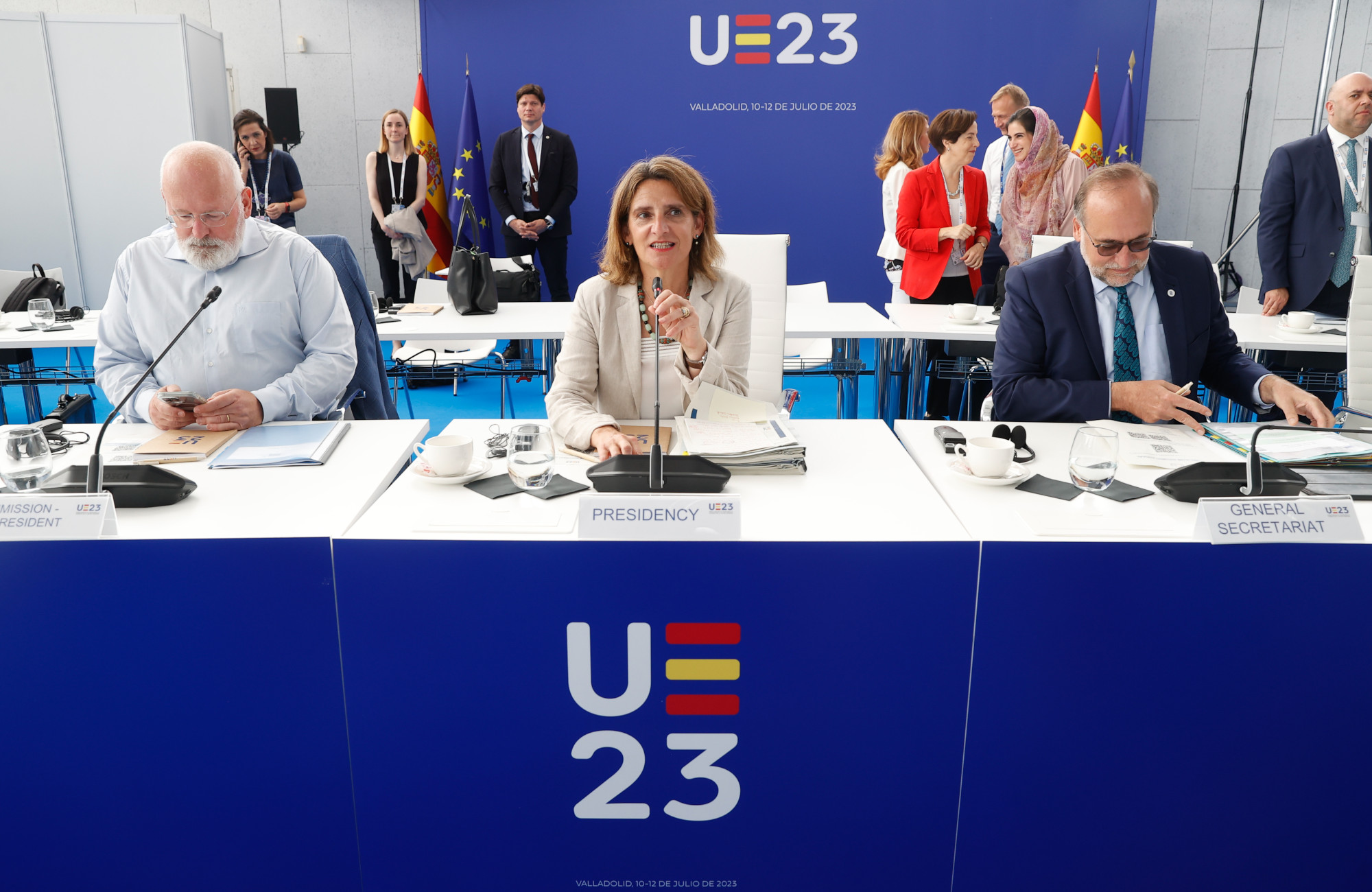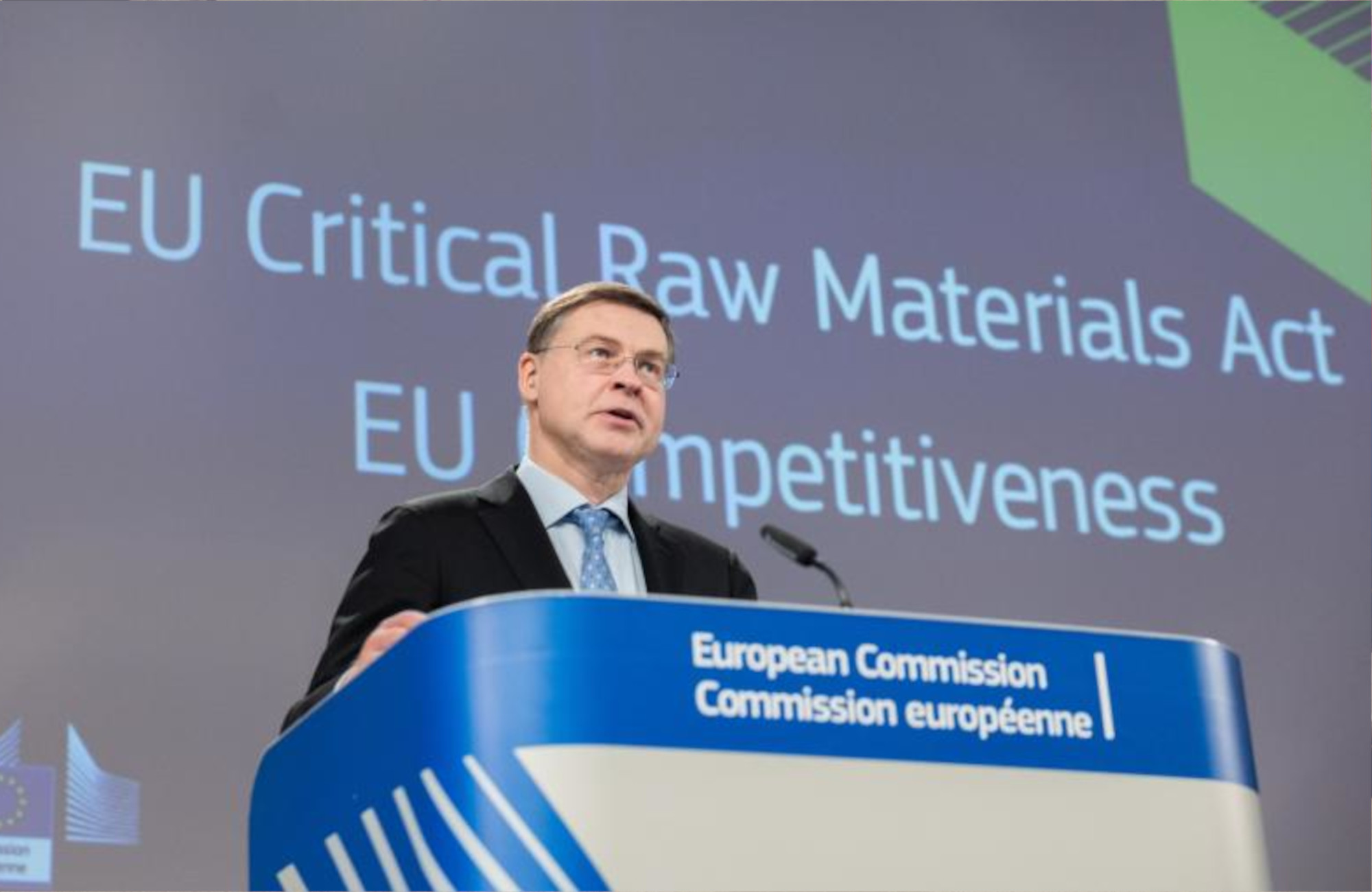Table of Contents
At the end of 2021, the world had about 16GW of energy storage in grid-scale batteries. If all countries deliver on the electrification pledges they have announced, that number will be 144 times bigger by 2050, at 2,300GW. Smaller batteries are set to see similar trends: sales of electric cars are increasing by over 50% a year and are alone forecast to consume 50% of the world’s available lithium by 2050.
This will be game changing for CO2 emissions, but also presents problems elsewhere: minerals used in batteries are often sourced without effective human rights due diligence, and discarded batteries remain one of the most hazardous forms of human waste.
Many of the world’s leading electronics brands and electric vehicle companies have been caught using batteries made with materials mined by children. Chemicals from lithium mines have been known to kill animals from cows to fish en masse when leaked into water supplies. Lithium batteries are so explosive that they have to be disassembled by hand to be recycled. Lithium battery fires cost the UK alone £158 million in 2020.
On top of the explosive risk, most forms of batteries leak corrosive and toxic chemicals once discarded. A 2021 article in Case Studies in Chemical and Environmental Engineering discusses a “governance gap” in relation to a lot of scary-sounding conditions (like “severe DNA damage”). It lists ways in which batteries can harm plants, water and land-based animals, people, fungi, bacteria, and even the atmosphere itself – and that’s just a “mini” literature review.
If all this gets you charged up, then you might be interested to know that the EU has just this week adopted a new Batteries and Waste Batteries Regulation. It is set to follow countries like China and Japan in enacting strict standards around recycling, and to go beyond these to regulate supply chain sourcing too. Welcome to the era of the battery passport.
What are battery passports?
The new regulation repeals an older one from 2003, with much stricter standards. Led by the Socialists and Democrats as well as the Environment Committee in the European Parliament, it was first proposed in 2020, and has now passed the various stages of negotiation and amendments so that remaining votes are likely to be formalities.
The headline policy is what has become known as “battery passports”. All batteries will now have to carry labels and QR codes with information related to their capacity, performance, durability, chemical composition, as well as the “separate collection” symbol for recycling. EV batteries and industrial batteries with a capacity above 2 kWh will have to include information about where they were made, and the carbon footprints associated with their production.
Similar to a parallel piece of legislation developing in the EU, the Corporate Sustainability Due Diligence Directive (CSDDD), this will force manufacturers to gather and report data about processes outside the EU. But the battery regulation has more specific requirements than the CSDDD.
Cecilia Mattea, Batteries and Supply Chains Policy Manager at the NGO Transport and Environment, describes it as “more ambitious” – yet still wants to see more due diligence information included. “For example, information should be shared about where the material processing was, or whether there are any red flags that one should be aware of along the supply chain.”
Mattea also stresses that “due diligence is a progressive exercise”. It should be ongoing and focused on “engaging with suppliers and improving the processes. It’s not about discontinuing business relationships.”
Outside of human rights law and ethics, the new focus on intercontinental transparency will have legal implications for companies in the EU when it comes to emissions, too. The Carbon Border Adjustment Mechanism (CBAM) was signed into law on 10th May, effectively creating a carbon tariff on imports. It is designed to prevent “carbon leakage” via countries moving emissions in their supply chains to other countries, although studies have questioned how effective this is likely to be. CBAM is being gradually phased in from 1st October 2023, beginning with cement, iron and steel, aluminium, fertilisers, electricity and hydrogen.
The battery regulation only requires reporting around certain minerals. Iron and bauxite (the ore refined into aluminium) were originally on this list in the European Parliament’s first draft, along with copper. But member state governments negotiated these three minerals out, leaving only cobalt, graphite, lithium, and nickel. Despite the battery passports not coming into effect until 2027 and bauxite and iron being excluded, whether CBAM will initially target batteries is still a grey area: there has been discussion of “precursor chemicals” in batteries being added to the initial tariffed list.
The reason given for excluding iron, bauxite and copper from the battery regulation is that batteries don’t drive the demand for those three raw materials as they do for lithium and nickel and others, but this could change as aluminium demand grows. Mattea says copper industry-lobbying played a role too.
“We think it was short-sighted of policymakers not to include these raw materials.” Bauxite and copper supply chains are both desperately in need of due diligence regulation: at the moment, researchers estimate that 10% of the world’s aluminium is processed using forced labour in China’s Xinjiang Uyghur Autonomous Region, where hundreds of thousands of people – potentially millions – are in arbitrary detention across approximately 380 concentration camps. And both copper and bauxite mining have been linked with large-scale land grabs, water scarcity, and pollution across African countries.
Parliament did negotiate a win in return for the exclusion of these materials: “I think what was bargained there was, ‘okay, if we exclude these raw materials, then we include all types of batteries’. So what we managed to get was a greater scope on the types of batteries. So not just vehicle batteries, but also portable batteries, the batteries that are in your phone, my phone or laptops, whatever.”
What about end-of life?
From 2027, battery passports will also need to include details on recycled content. From 2025 and 2030 (depending on the mineral), there will be mandates around this recycling: minimum levels of recycled content in each battery, minimum rates of recovery for each specific material, minimum recycling efficiency rates, and increased collection rates for batteries to be returned to companies. All of these figures are set to raise over time, and are steps towards a more circular battery economy, with less thrown into landfill.
Small devices will be required to make their portable batteries replaceable, so the whole device isn’t discarded when the battery dies. The impacts of this could be huge, depending on implementation – for example, it could put an end to the disposable vaping craze that has led to over a million lithium batteries discarded every week, polluting land and marine ecosystems with toxic chemicals.
Slow process
There were good reasons for 16 major NGOs to campaign against the exclusion of copper, bauxite and iron – and many of them have been disappointed by concessions negotiated by national governments. But where it does apply, the battery regulation has some of the most detailed standards among the various bills comprising the European Green Deal, the Circular Economy Action Plan and the New Industrial Strategy.
Bertie Harrison-Broninski is an Assistant Editor at Land and Climate Review, and an investigative researcher for Culmer Raphael. Follow him on Twitter @bertrandhb





